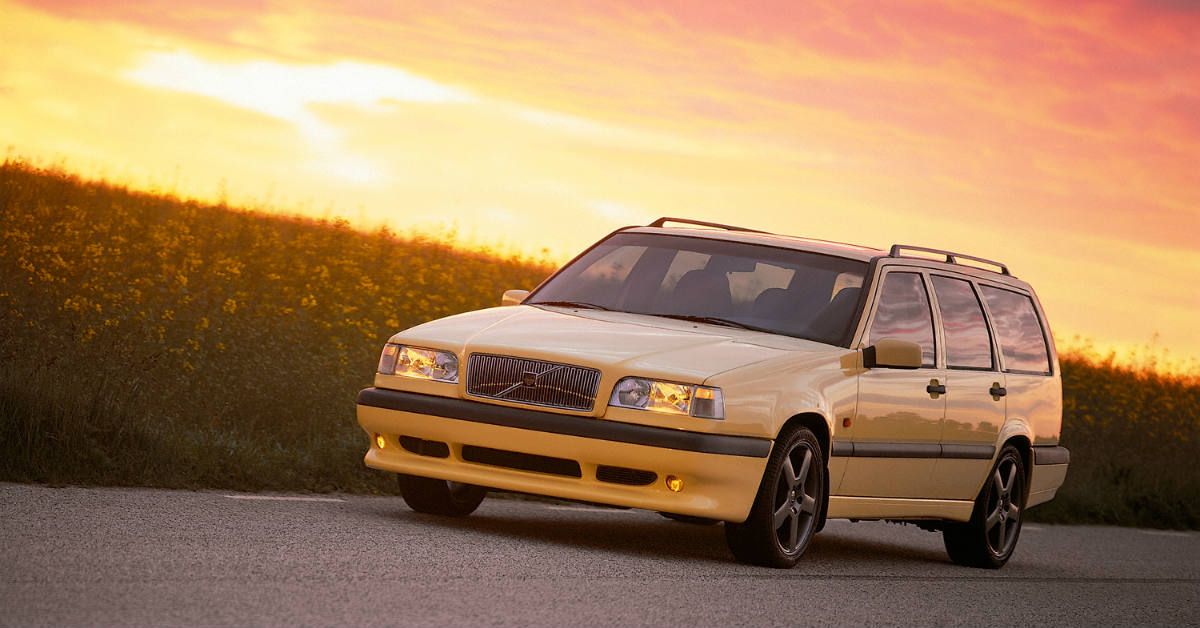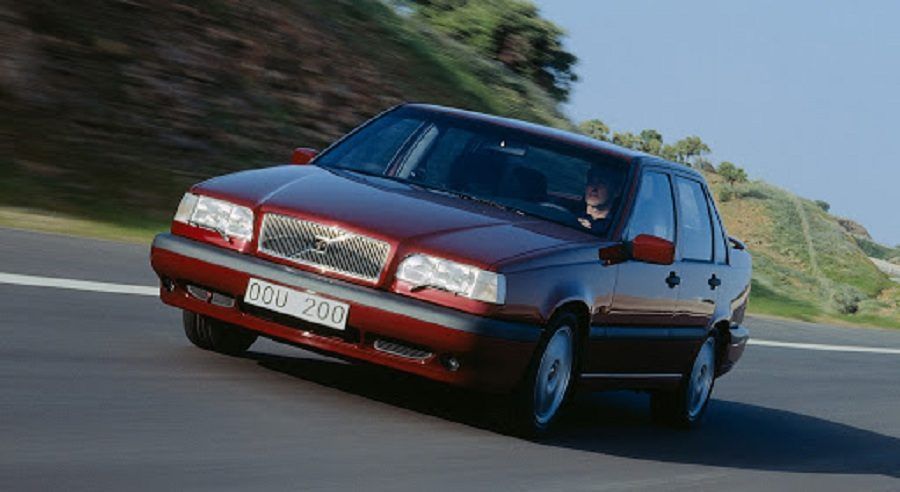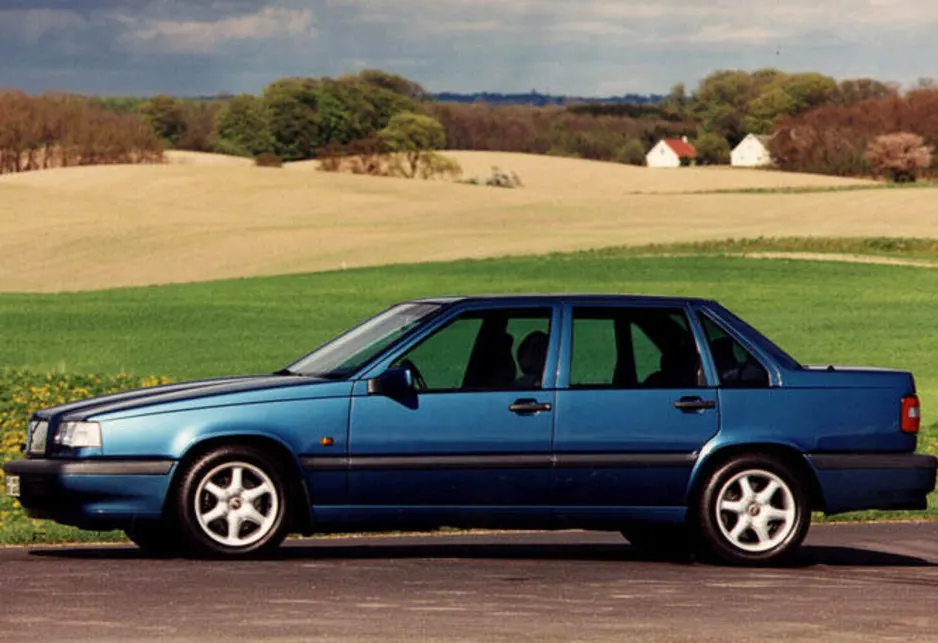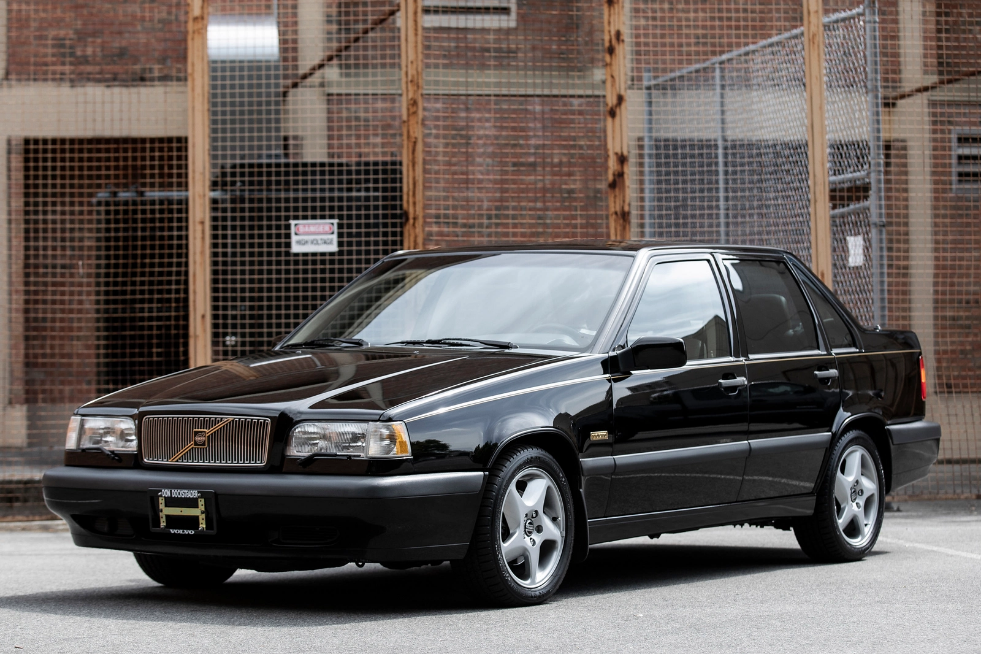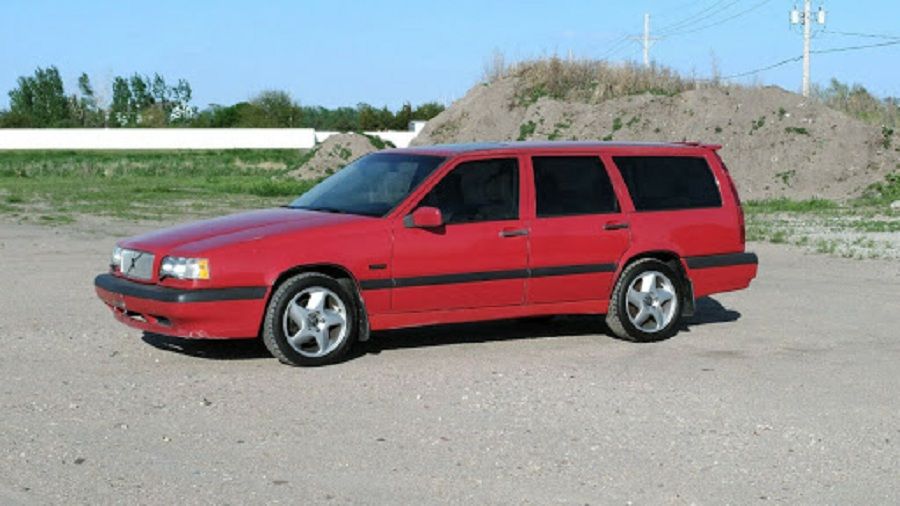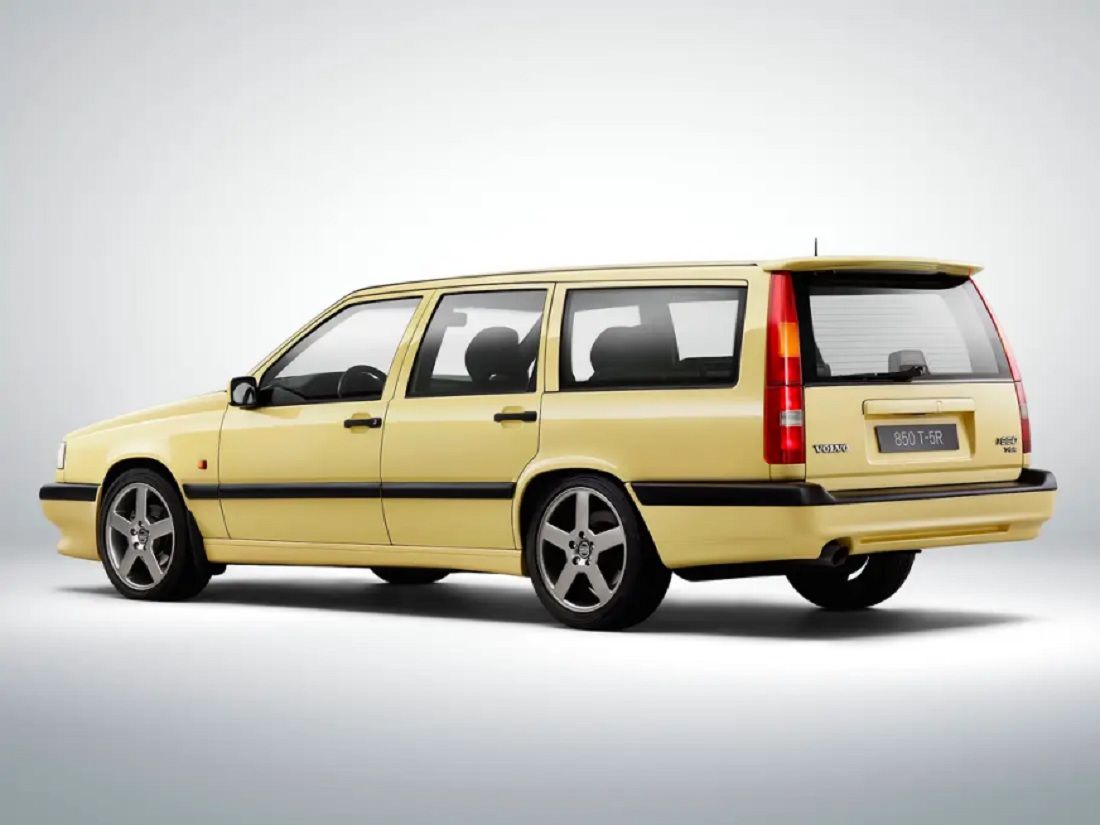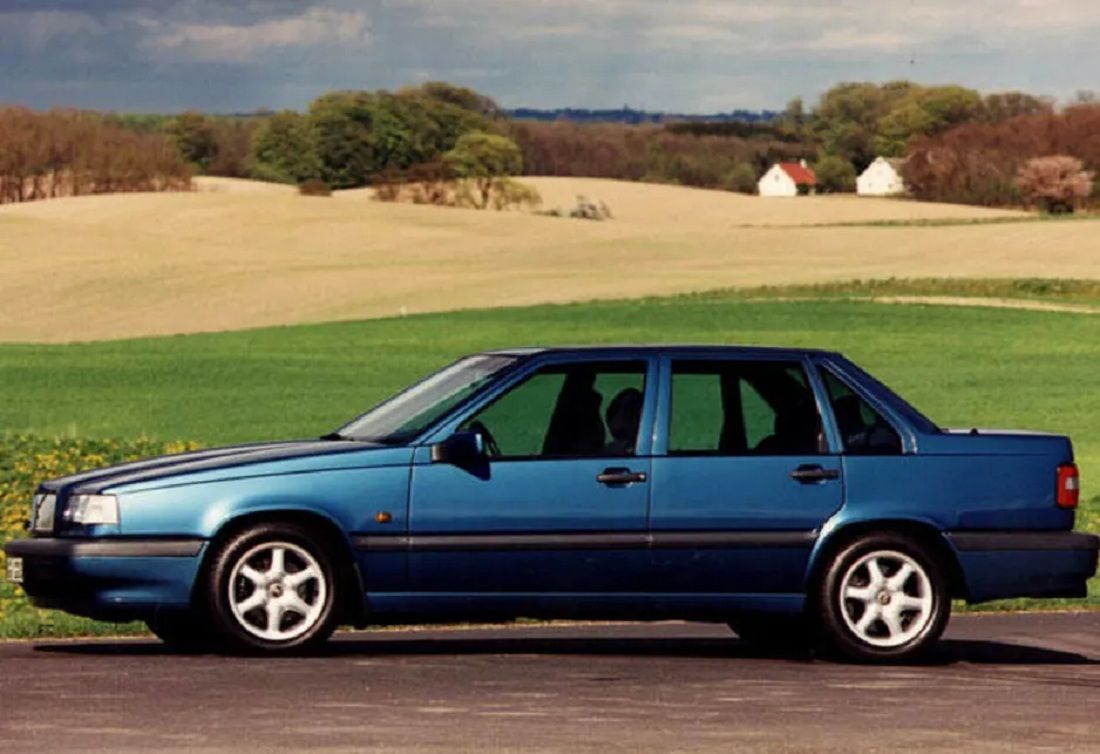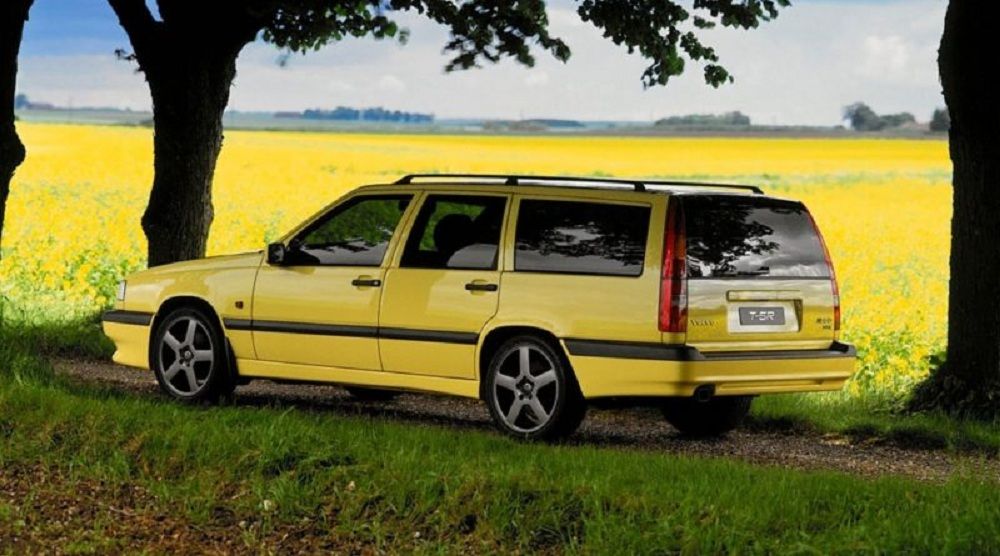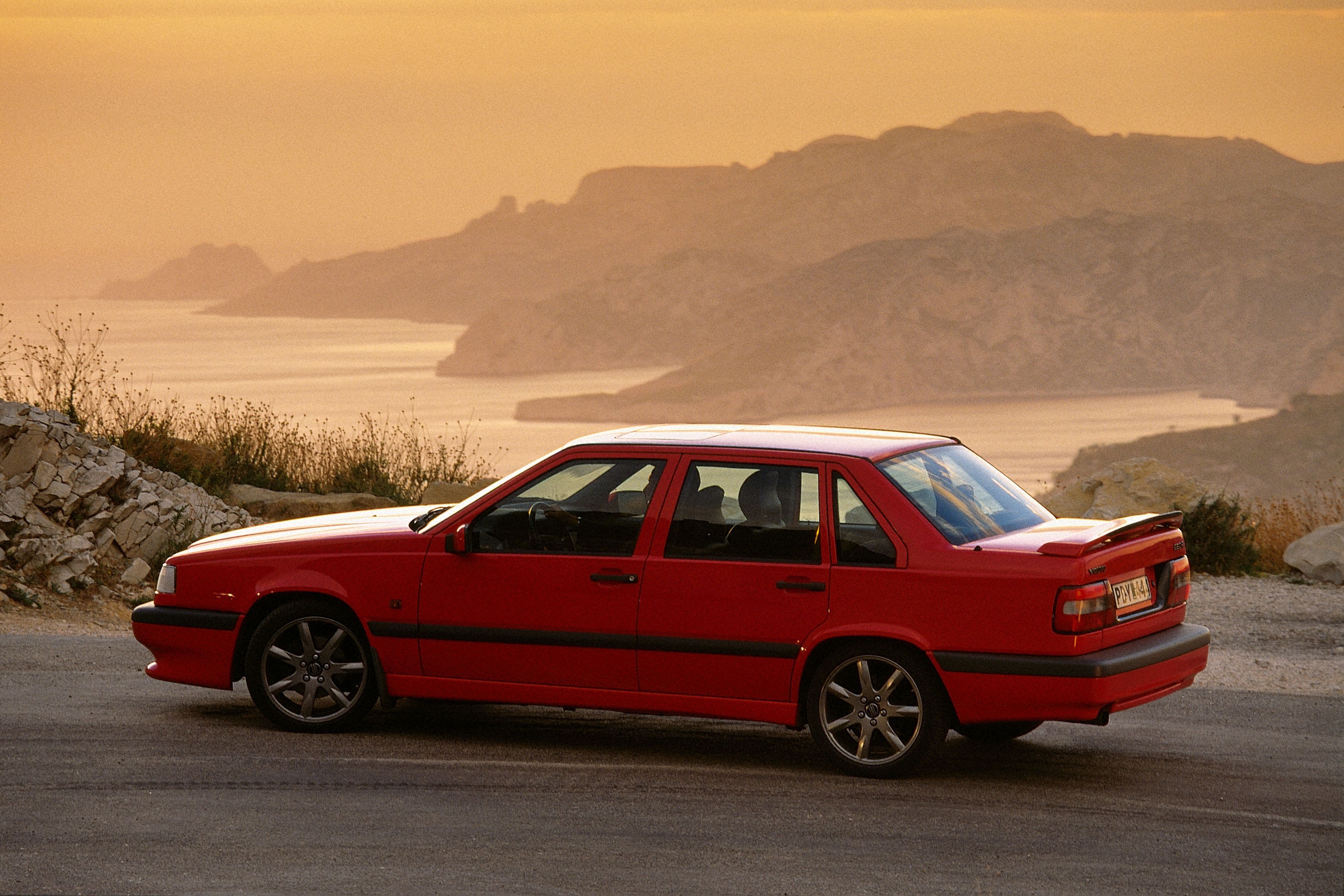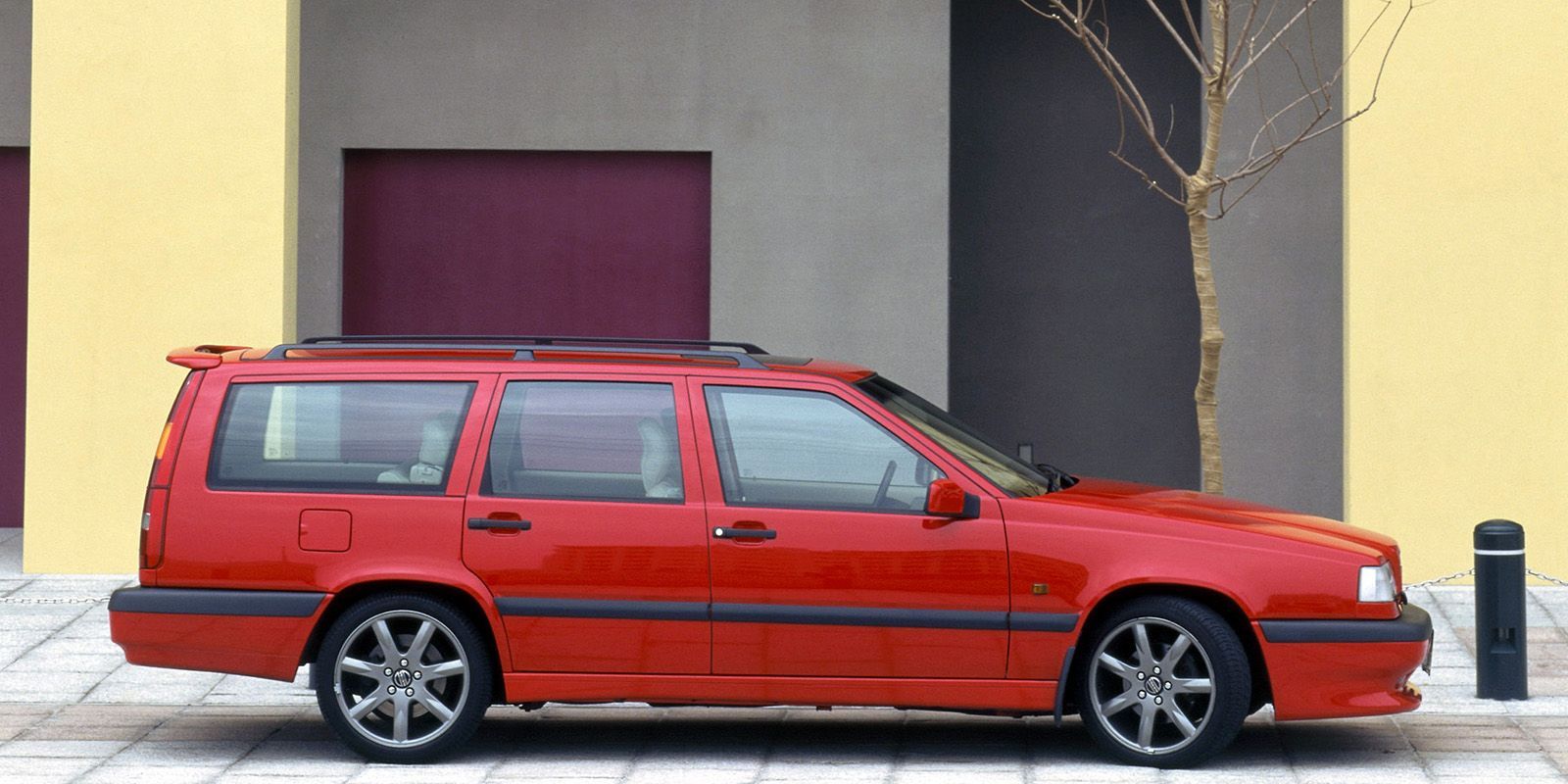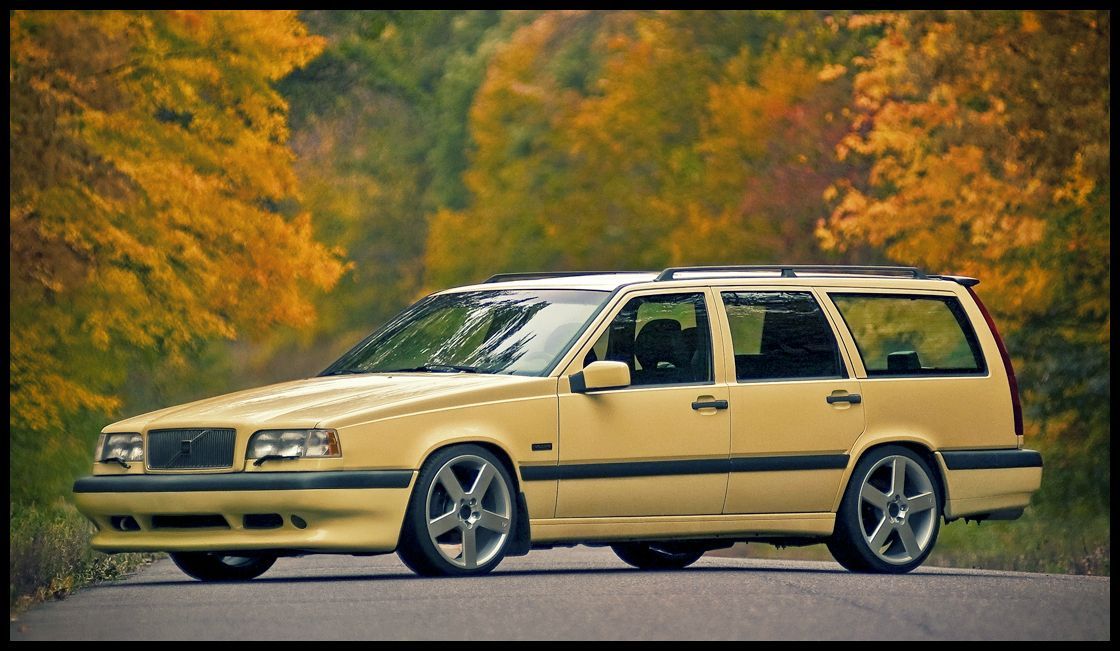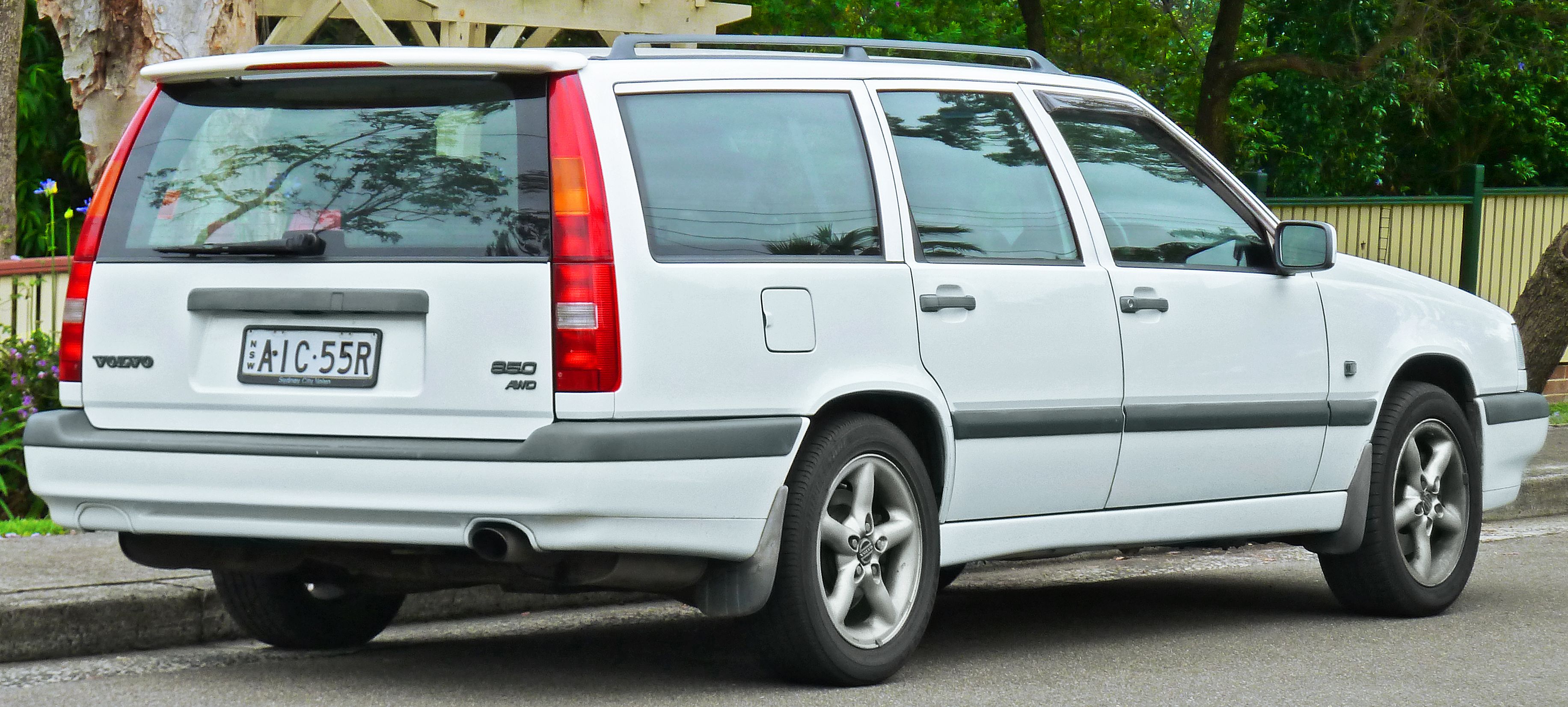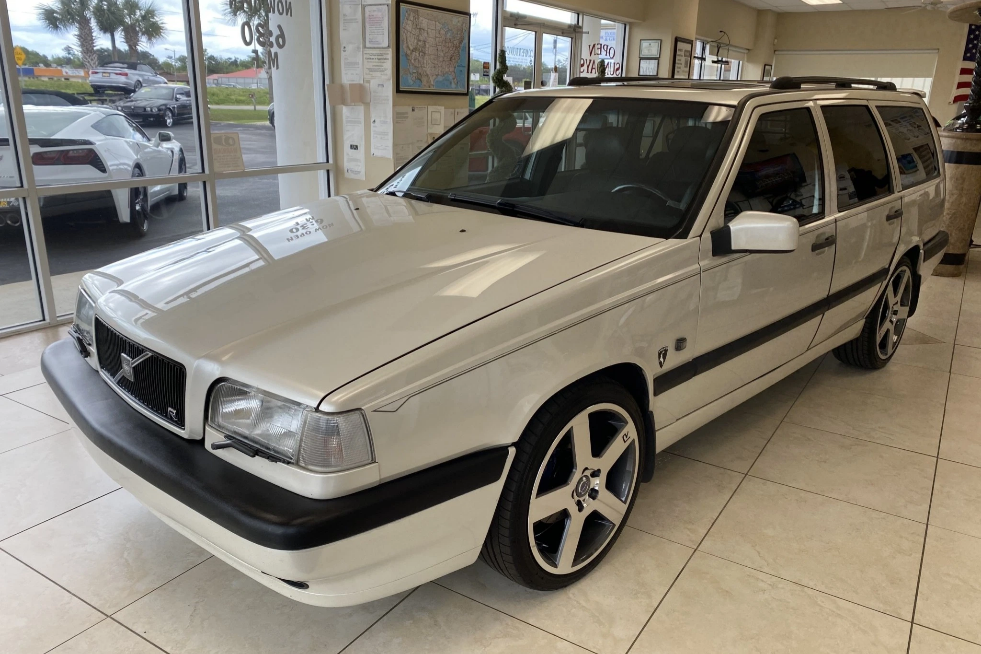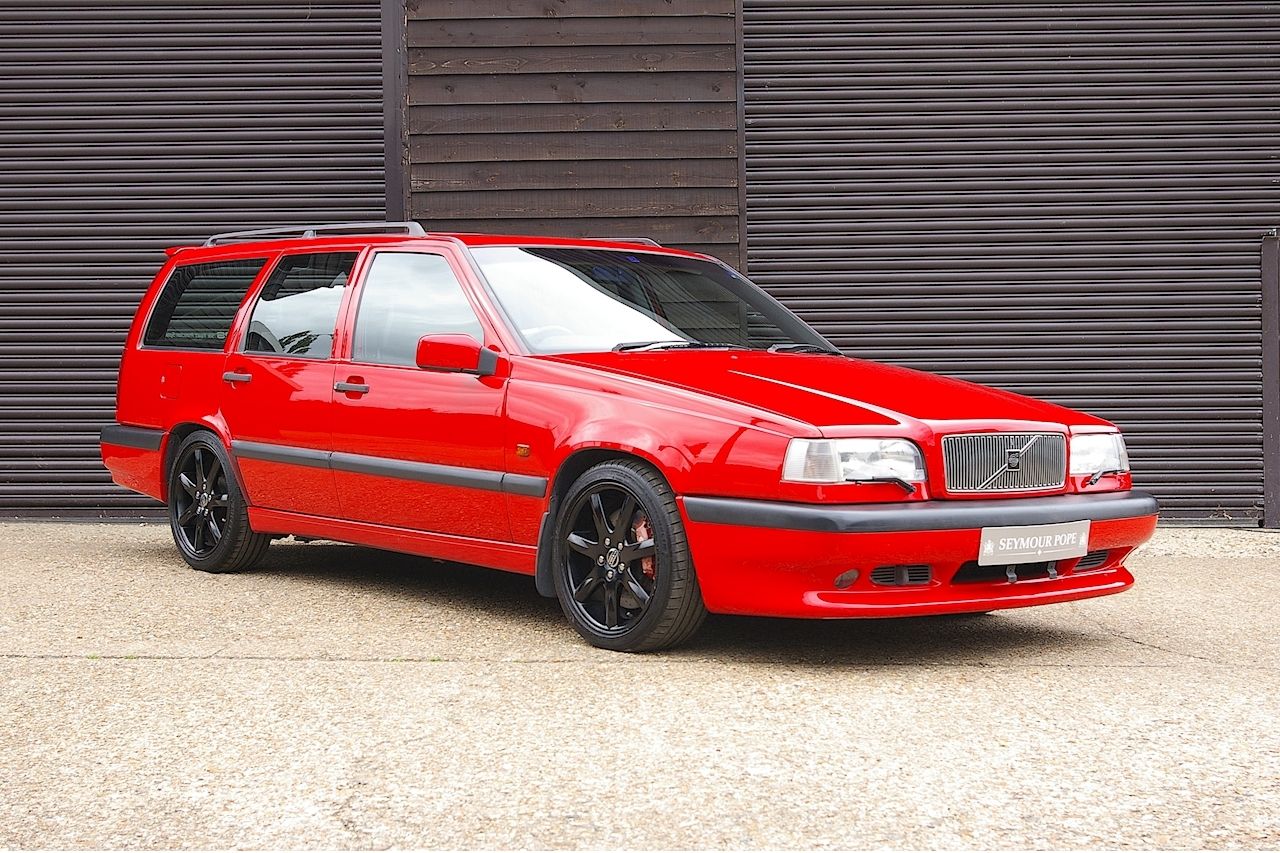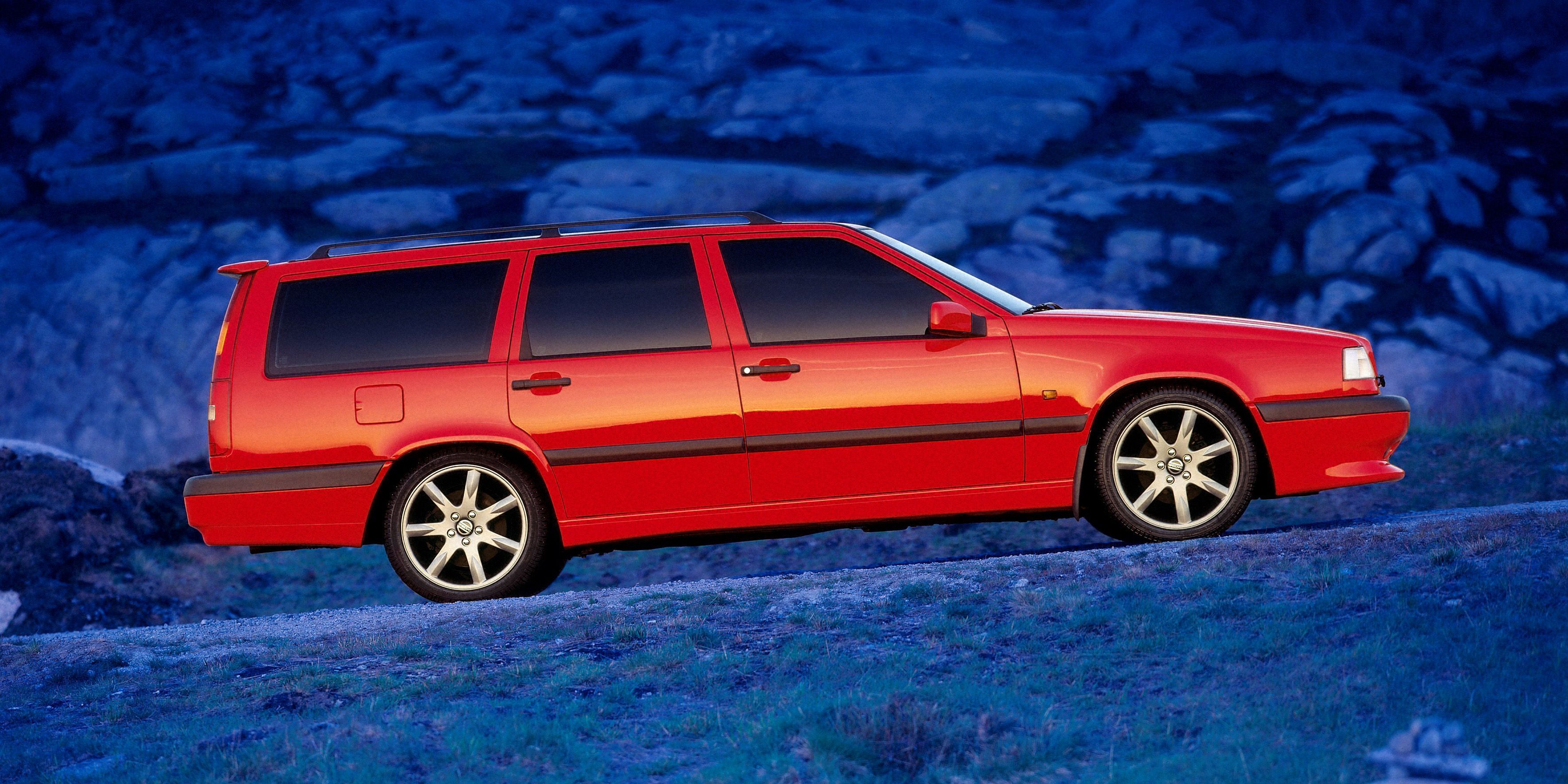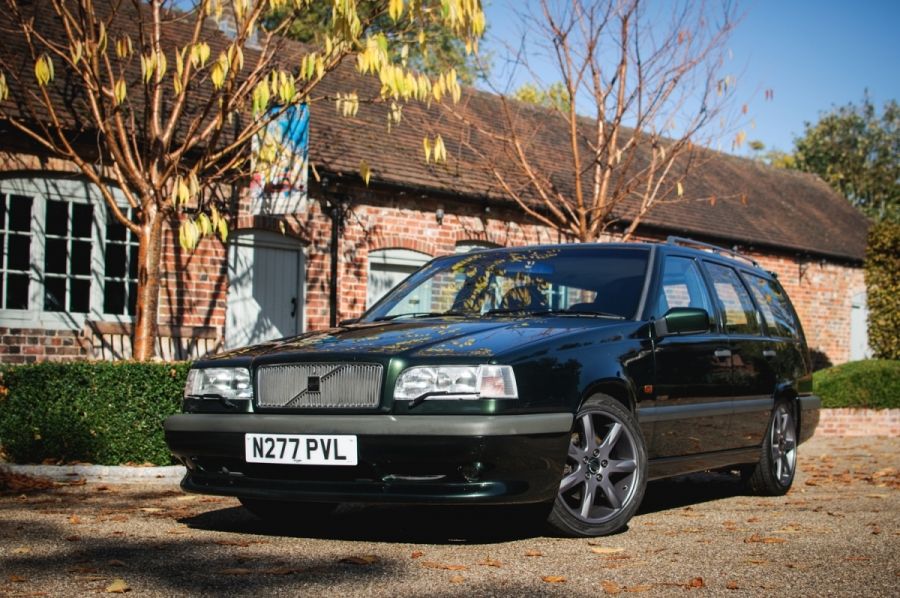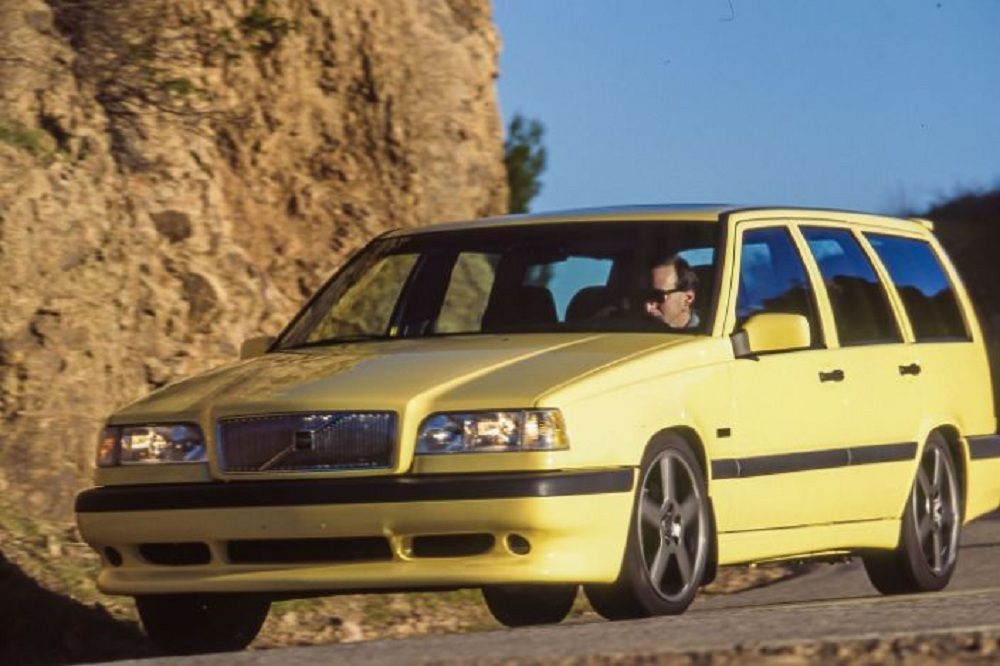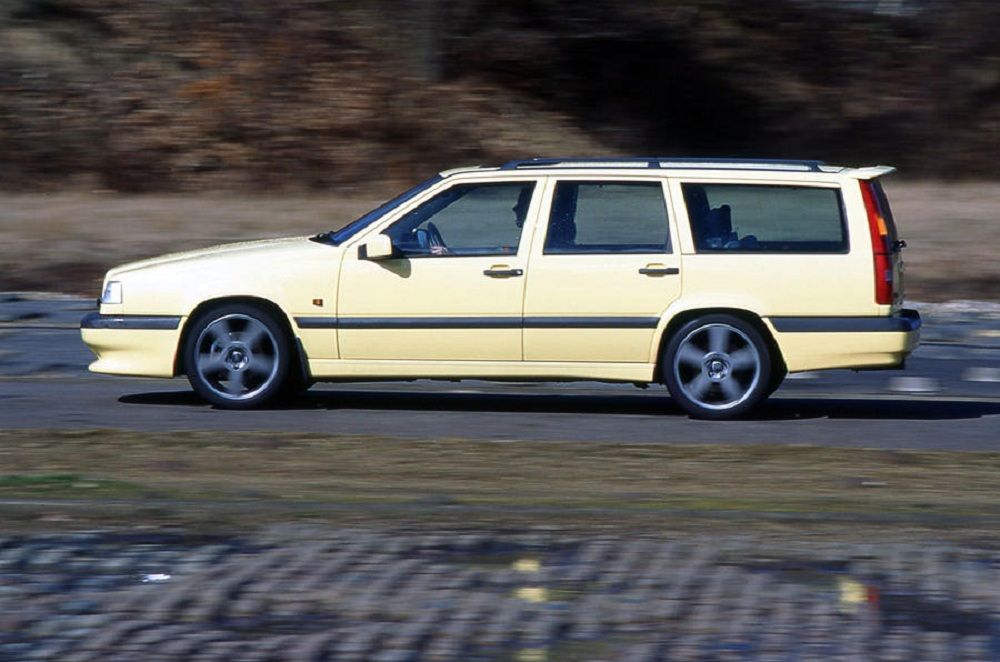Could the success of the 850 Turbo also be among the reasons Volvo doesn’t make a pickup truck? When Volvo kick-started the “Project Galaxy” in 1978, little did the company know it would ultimately become the most expensive industrial project in Sweden’s long history as of then. The project led to the development of the Volvo Modular engine, the smaller 400 series, novel manufacturing technologies, and the Volvo 850. The 850 soon got a foothold on the world’s automobile market, thereby getting exported into the U.S. in 1992.
Subsequently, in 1994, Volvo launched the 850 Turbo – a high-performance version of the 850. At the launch, the company could sense it was on the verge of something iconic, hence, the ad for the new car had a Volvo 850 climb a hill with its wheels above the ground and a tag that says “This is not your Uncle Olaf’s Volvo.” The 850 Turbo is an incredible performance car and the points we’ve listed here help buttress that claim.
10 Awesome Powertrain
When Volvo launched the 850 Turbo in 1994, it came with a recent facelift and a newly fabricated 2.3-liter five-cylinder engine with a very decent 222 horsepower and 221 lb-ft of torque. This represents a relatively massive upgrade from the previous 168 horsepower generated from the 2.4-liter five-cylinder engine powering the standard 850.
At a unit price of $30,500, many believed the Turbo 850 was a great deal. And it was, considering the highly-rated V8-powered 530i from BMW couldn’t even match the 850 Turbo’s power – and that was just the start.
9 Introduction Of The Traction Control System
To get the best experience out of the 850 Turbo, Volvo deployed vehicle stability technology into the car. Called the Traction Control System (TCS), this computerized technology program helps vehicles to detect and prevent loss of traction while in motion. TCS operation is automatic and it’s engaged when engine torque and throttle input doesn’t match the condition of the road surface.
Simply put, when the TCS discovers that a wheel or more is spinning considerably faster than the other, it signals the ABS control unit to engage the brake on the faster wheels.
8 Automatic Transmission
Automatic transmission was included among the features on the 850 Turbo when it was introduced in 1994 – serving its purpose, the automatic transmission makes driving the 850 Turbo an easier task than it was with the previous manual models.
As expected, the automatic transmission made the 850 Turbo such a delight and endeared a larger audience to the car, while driving enthusiasts would opt for the manual transmission.
7 Adoption Of On-Board Diagnostic
On-board diagnostic (OBD) is now a standard feature on automobiles, however, it wasn’t previously so. Being a self-diagnostic and reporting tool, the OBD provides a channel for technicians or vehicle owners to gain access to the vehicle's sub-system. The 850 Turbo uses OBD-II which is an upgraded version of the OBD.
The OBD-II has improved capacity and standardization, providing specific information about the diagnostic connector and associating pinout, electric signaling, protocols, and messaging style. A year before it became standard in all automobiles, Volvo had already adopted the OBD-II in the T-5R.
6 Exceptionally Safe
Volvo recently celebrated 50 years of accident research and the introduction of the Side Impact Protection System bag (SIPS-Bag) to its lineup of cars in 1991 counts among the achievements of those years. The SIPS aims to widely spread the force of impact during side collisions as opposed to having the b-pillar take all the force.
The 850 Turbo also got the SIPS-Bag putting it among the first mass-produced cars to adopt the side-impact airbags thereby earning the fourth position on the list of safest cars by the Insurance Institute for Highway Safety, in 1995.
5 T-5R Model
1995 was a commercially successful year for Volvo due to many reasons which include the sales from the special limited edition 850 T-5R. Based on the 850 Turbo, the T-5R is powered by the B5234T5 – a turbocharged 2.3L straight-five inter-cooled engine that got specially provided powertrain control modules for its U.S models, providing it with extra 2 psi of boost for a total of 243 horsepower and 250 lb-ft of torque.
The U.S models also got mated to a 4-speed automatic transmission. Also, Porsche featured significantly in the development of the T-5R.
4 Platinum Edition
The 850 Turbo gave rise to some incredibly splendid variants which include the 850 Turbo Platinum Edition. This variant of the 850 Turbo was produced in 1996 and high on the list of features that set it apart from other Turbos is its exterior paint – the model came out of the factory in an exquisitely finished exterior painted in a metallic pearl platinum color.
The Platinum model also rocks unique 16-inch alloy wheels while the interior is draped in leather seats and finished in burled walnut designs.
3 850 R
The R is another special Turbo from Volvo, and it’s available not only as a salon but also as a Turbo five-cylinder performance station wagon. Powering the 850 R is the same B5234T5 that powers the T-5R, however, the turbocharged 2.3-liter straight-five engine has a power output of 250 horsepower at 5400 rpm.
In a bid to get the best performance out of the engine, Volvo fitted the R with Bosch Motronic 4.3 engine management system. This system through an electronic console helps to control several actuators in the R’s engine for optimal performance.
2 M59 Transmission
The Americans didn’t get to enjoy it, but Volvo briefly built a heavy-duty manual transmission solely for the 850 R in 1996. It’s called the M59 and it features a viscous coupling limited-slip differential. This feature was limited to cars with the B5234T4 2.3-liter 5-cylinder engine.
For the desired output, these limited M59 R engines had bigger TD04HL-16T Turbo, special ECU with Montronic 4.3, re-built turbo manifold and intercooler, heavy-duty clutch, and an uprated fuel pressure sensor. With these modifications, the M59-laced cars produced 250 horsepower instead of the 240 horsepower from the automatic transmission variant.
1 Commercial Success
The 850 Turbo series enjoyed commercial success while it lasted and that’s due to their awesome performance. Six years after Volvo had decided to juice up the 850 in 1994, the Turbo had become one of the most successful models it’s ever had. The 1994 Turbo success led to the production of the 1995 T-5R which got a second run in 1996.
Subsequently, the huge success of the T-5R yet again birthed the R. In all, a total of 716,903 units of turbocharged Volvos were sold worldwide from 1991 to 1996.

